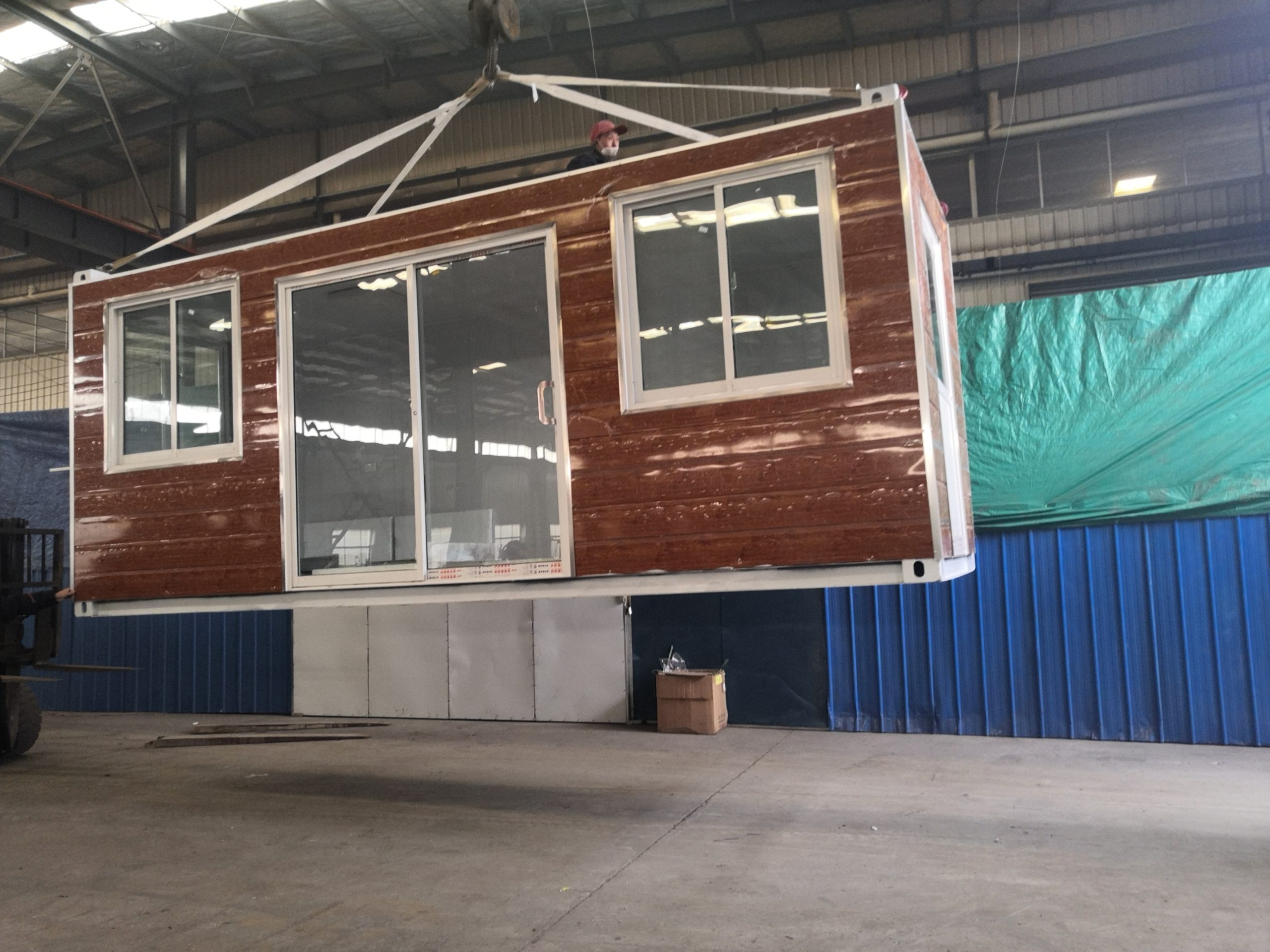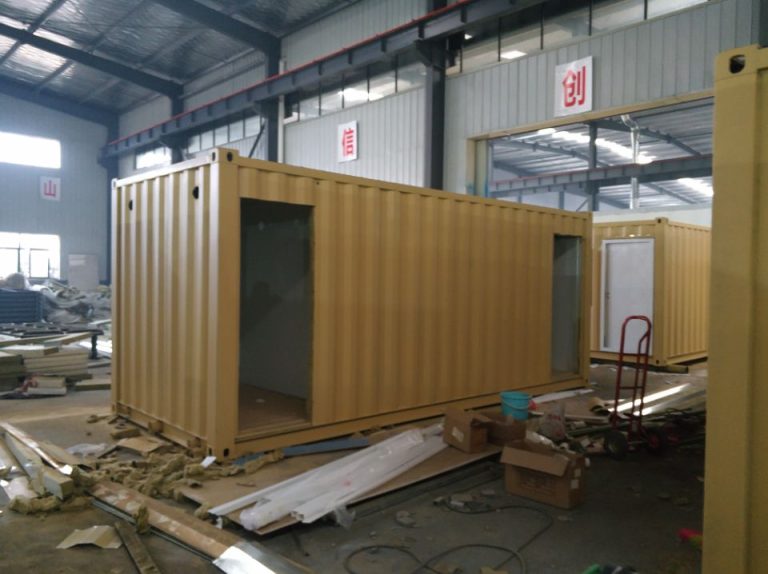Dynamic characteristics of steel structure in the construction of sports facilities
Table of Contents
Benefits of Using Steel Structures in Sports Facility Construction
Steel structures have become increasingly popular in the construction of sports facilities due to their numerous benefits. The dynamic characteristics of steel make it an ideal material for supporting the unique demands of sports facilities. From stadiums to indoor arenas, steel structures offer a range of advantages that contribute to the overall success of these projects.
One of the key benefits of using steel structures in sports facility construction is their strength and durability. Steel is known for its high tensile strength, which allows it to withstand heavy loads and extreme weather conditions. This strength is essential in sports facilities, where large crowds and heavy equipment can put significant stress on the structure. Steel structures provide the necessary support to ensure the safety and longevity of the facility.
In addition to strength, steel structures offer flexibility in design and construction. Steel can be easily shaped and molded to create unique architectural features, such as curved roofs and open spans. This flexibility allows architects and engineers to design sports facilities that are both functional and visually appealing. Steel structures also have a high strength-to-weight ratio, which means they can support large spans without the need for additional support columns. This open design creates unobstructed views for spectators and enhances the overall experience of the facility.
Another advantage of steel structures in sports facility construction is their speed of construction. Steel components are prefabricated off-site and then assembled on-site, which reduces construction time and minimizes disruptions to the surrounding area. This fast construction process is especially beneficial for sports facilities that have tight deadlines or need to be completed quickly for upcoming events. Steel structures also require less maintenance than traditional building materials, saving time and money in the long run.
Steel structures are also environmentally friendly, as they are 100% recyclable and can be reused in other projects. This sustainability factor is important in today’s construction industry, where reducing waste and minimizing environmental impact are top priorities. By choosing steel structures for sports facility construction, developers can contribute to a more sustainable future while still meeting the demands of their project.
In conclusion, the dynamic characteristics of steel structures make them an ideal choice for the construction of sports facilities. From strength and durability to flexibility and sustainability, steel offers a range of benefits that contribute to the success of these projects. By choosing steel structures, developers can create sports facilities that are safe, efficient, and visually appealing, while also reducing construction time and environmental impact. As the demand for sports facilities continues to grow, steel structures will play an increasingly important role in meeting these needs.
Design Considerations for Dynamic Loads in Steel Structures for Sports Facilities
Steel structures are a popular choice for the construction of sports facilities due to their strength, durability, and versatility. When designing steel structures for sports facilities, it is important to consider the dynamic characteristics of the structure to ensure its safety and performance under various loading conditions.
One of the key considerations in the design of steel structures for sports facilities is the dynamic loads that the structure will be subjected to. Dynamic loads are loads that vary over time, such as wind loads, seismic loads, and loads from moving equipment or people. These loads can cause the structure to vibrate, sway, or deform, which can affect its stability and performance.

Wind loads are one of the most common dynamic loads that steel structures for sports facilities must be designed to withstand. Wind can exert significant forces on a structure, especially in open or exposed locations. The design of the structure must take into account the wind speed, direction, and frequency of occurrence in order to determine the appropriate wind load to be applied to the structure.
Seismic loads are another important consideration in the design of steel structures for sports facilities, especially in regions prone to earthquakes. Seismic loads are caused by the ground shaking during an earthquake and can cause the structure to undergo significant deformation. The design of the structure must take into account the seismicity of the region, the soil conditions, and the expected ground motion in order to ensure the structure can withstand the forces generated by an earthquake.
In addition to wind and seismic loads, steel structures for sports facilities must also be designed to withstand dynamic loads from moving equipment or people. For example, a grandstand structure must be able to support the weight of a large number of spectators moving around and cheering during a sporting event. The design of the structure must take into account the expected crowd size, the distribution of loads, and the potential for dynamic loading from activities such as jumping or dancing.
To ensure the safety and performance of a steel structure for a sports facility under dynamic loads, engineers use a variety of design techniques and analysis methods. These may include finite element analysis, dynamic analysis, and wind tunnel testing. Finite element analysis is a computer-based method that allows engineers to simulate the behavior of a structure under various loading conditions and determine its response to dynamic loads.
Dynamic analysis is another important tool used in the design of steel structures for sports facilities. Dynamic analysis involves studying the natural frequencies, modes of vibration, and dynamic response of the structure to determine its dynamic characteristics. This information is used to optimize the design of the structure and ensure its stability and performance under dynamic loads.
Wind tunnel testing is a physical testing method used to simulate the effects of wind on a structure. By subjecting a scale model of the structure to wind loads in a controlled environment, engineers can measure the forces acting on the structure and assess its response to dynamic loads. This information is used to refine the design of the structure and ensure its safety and performance under real-world conditions.
In conclusion, the dynamic characteristics of steel structures are an important consideration in the design of sports facilities. By taking into account the dynamic loads that the structure will be subjected to, engineers can ensure the safety, stability, and performance of the structure under various loading conditions. Through the use of advanced design techniques and analysis methods, steel structures for sports facilities can be optimized to withstand dynamic loads and provide a safe and enjoyable environment for athletes and spectators alike.







